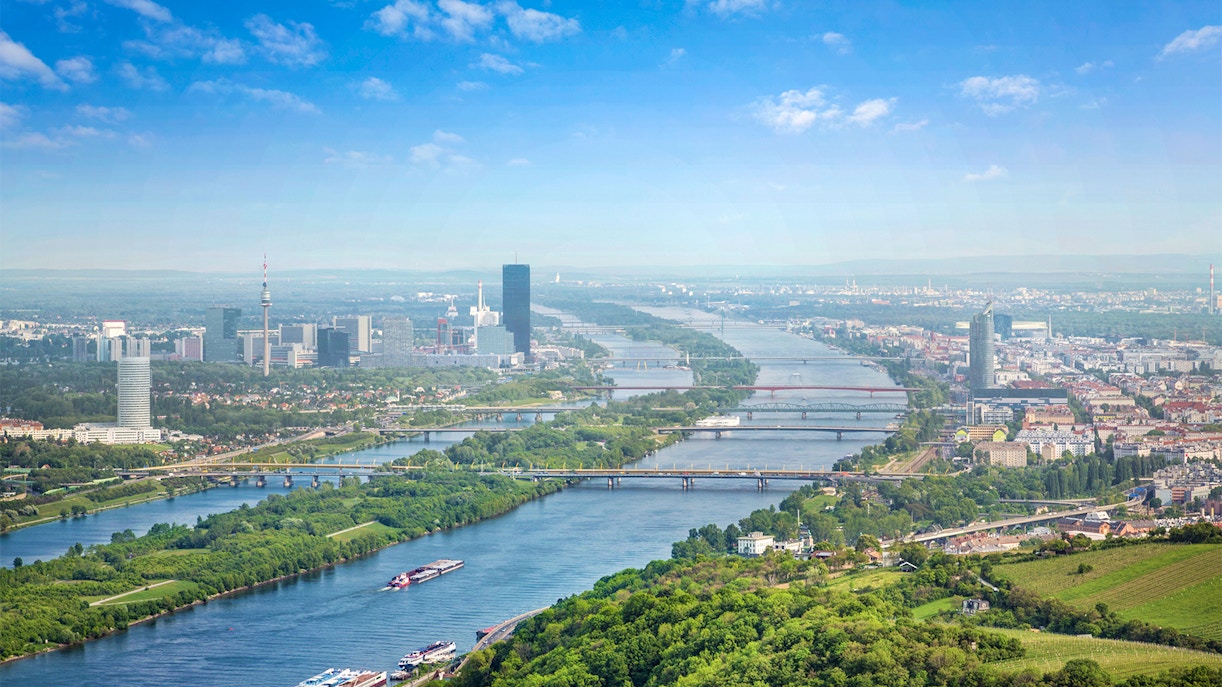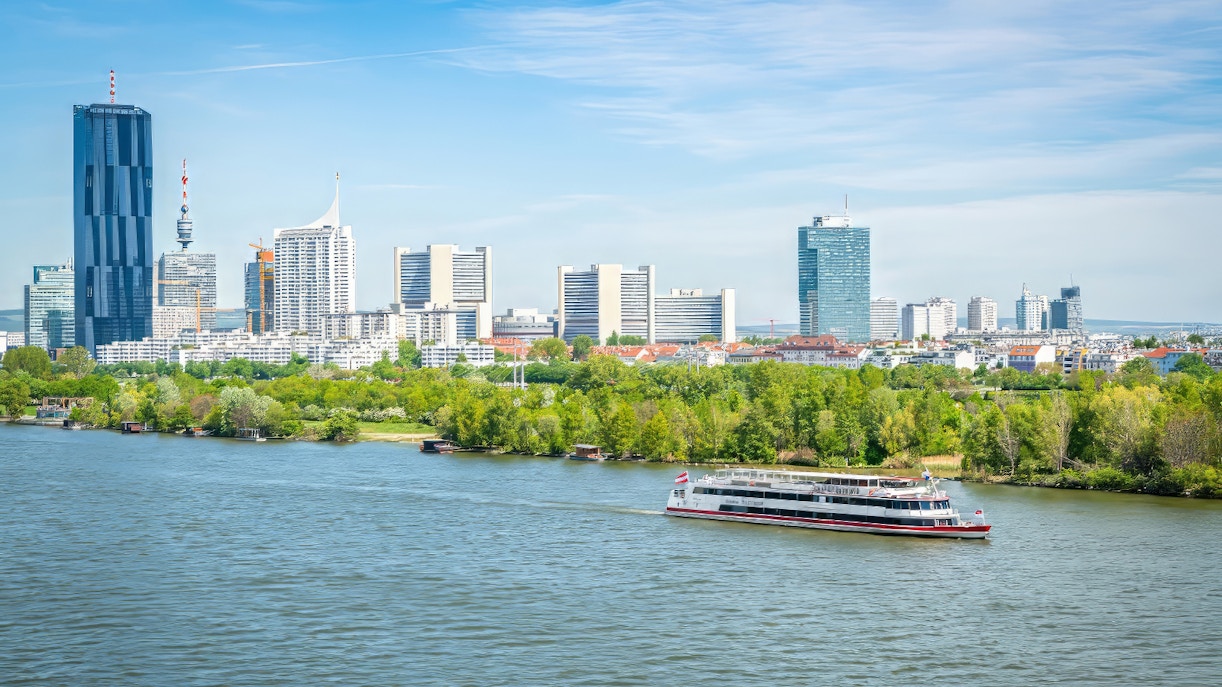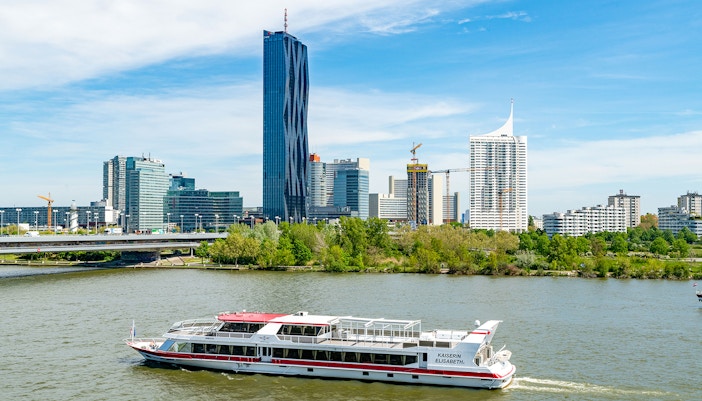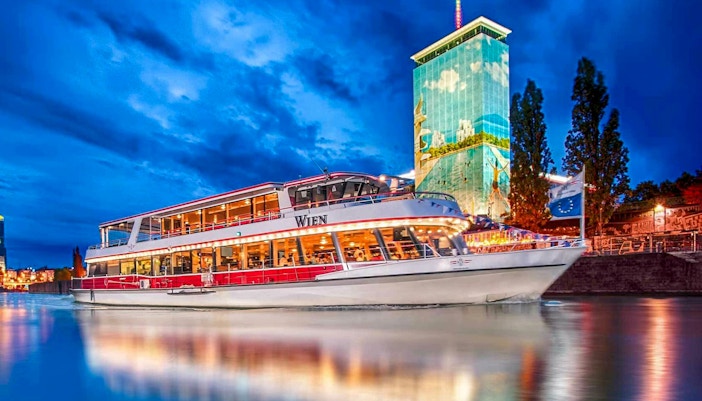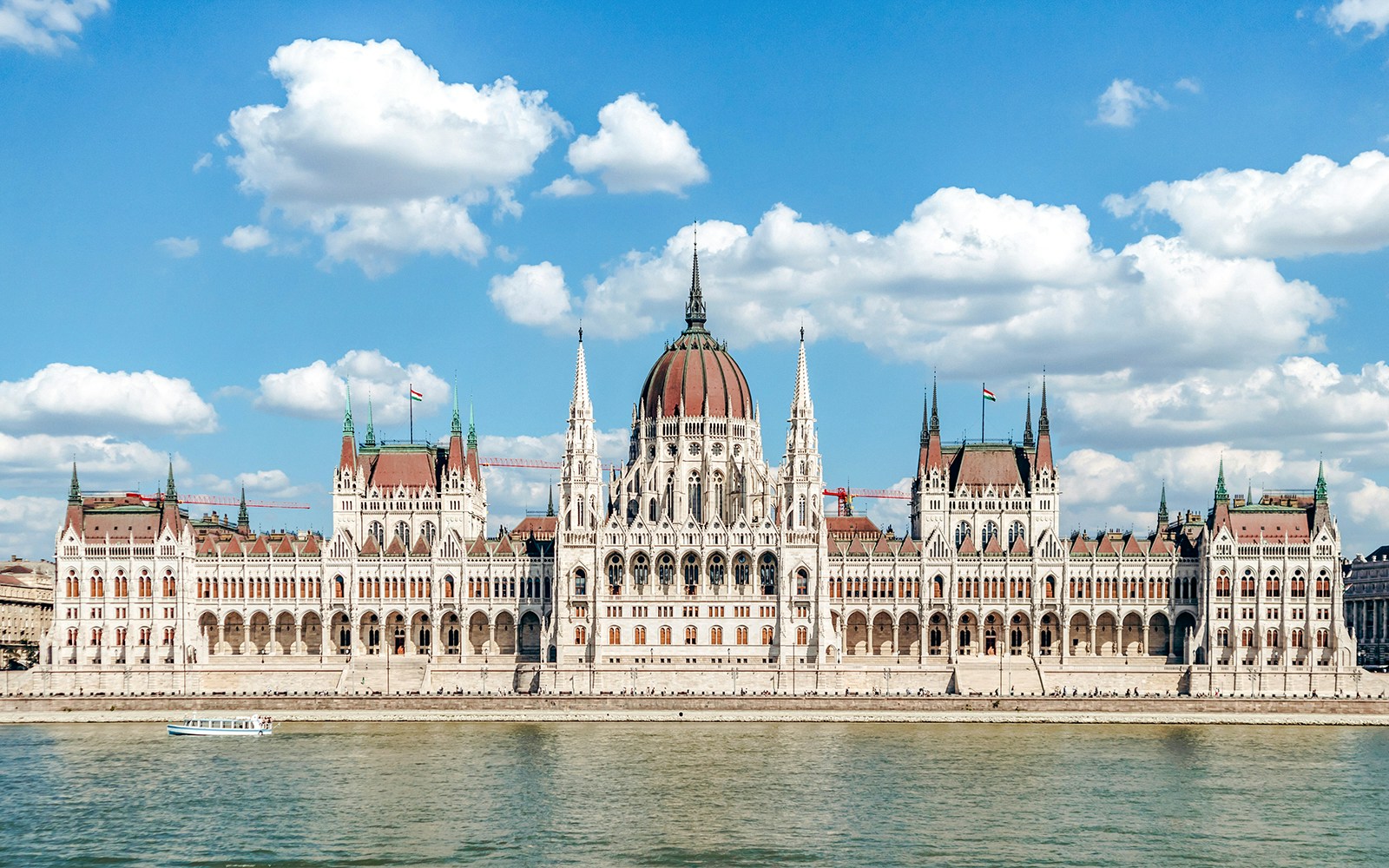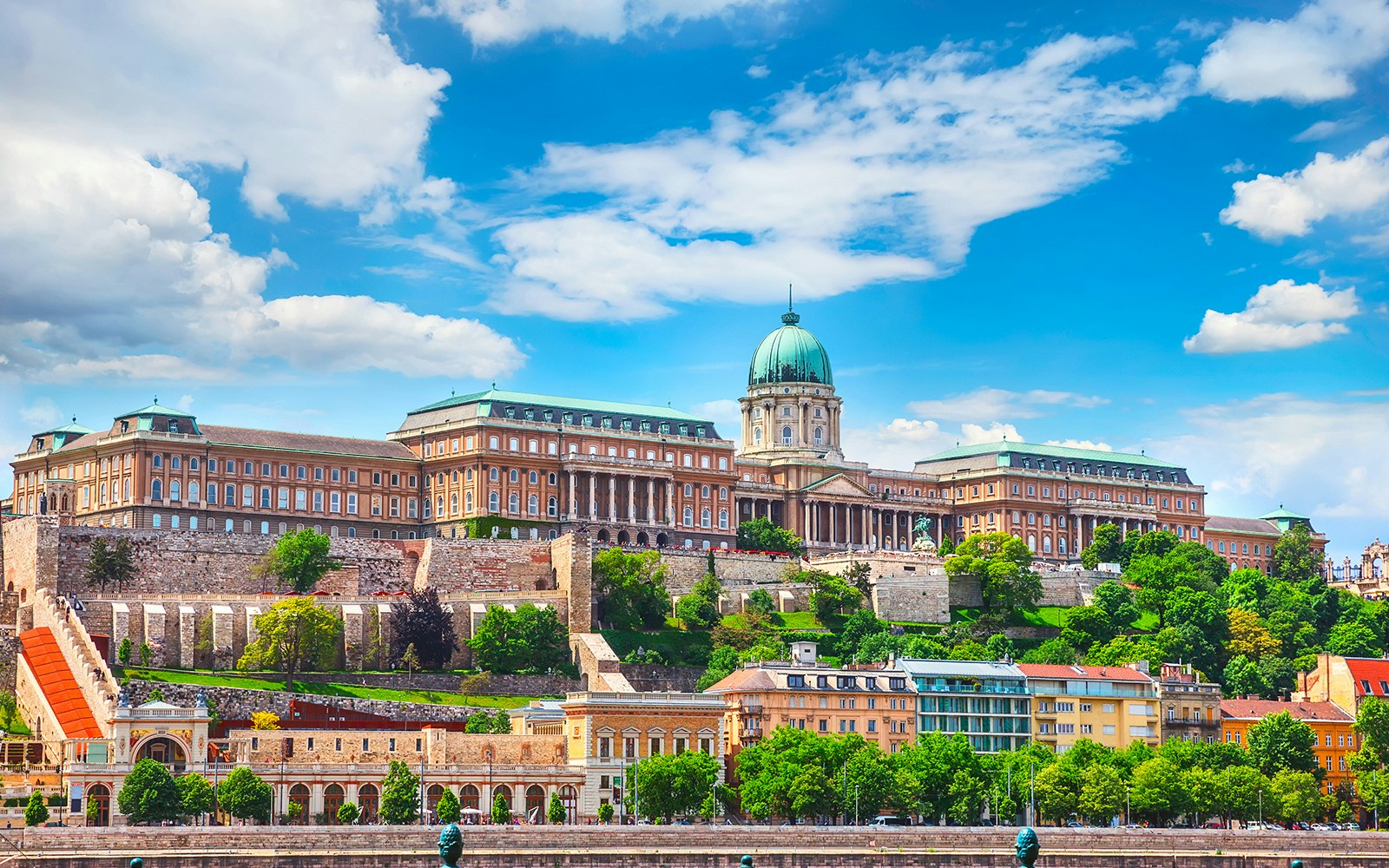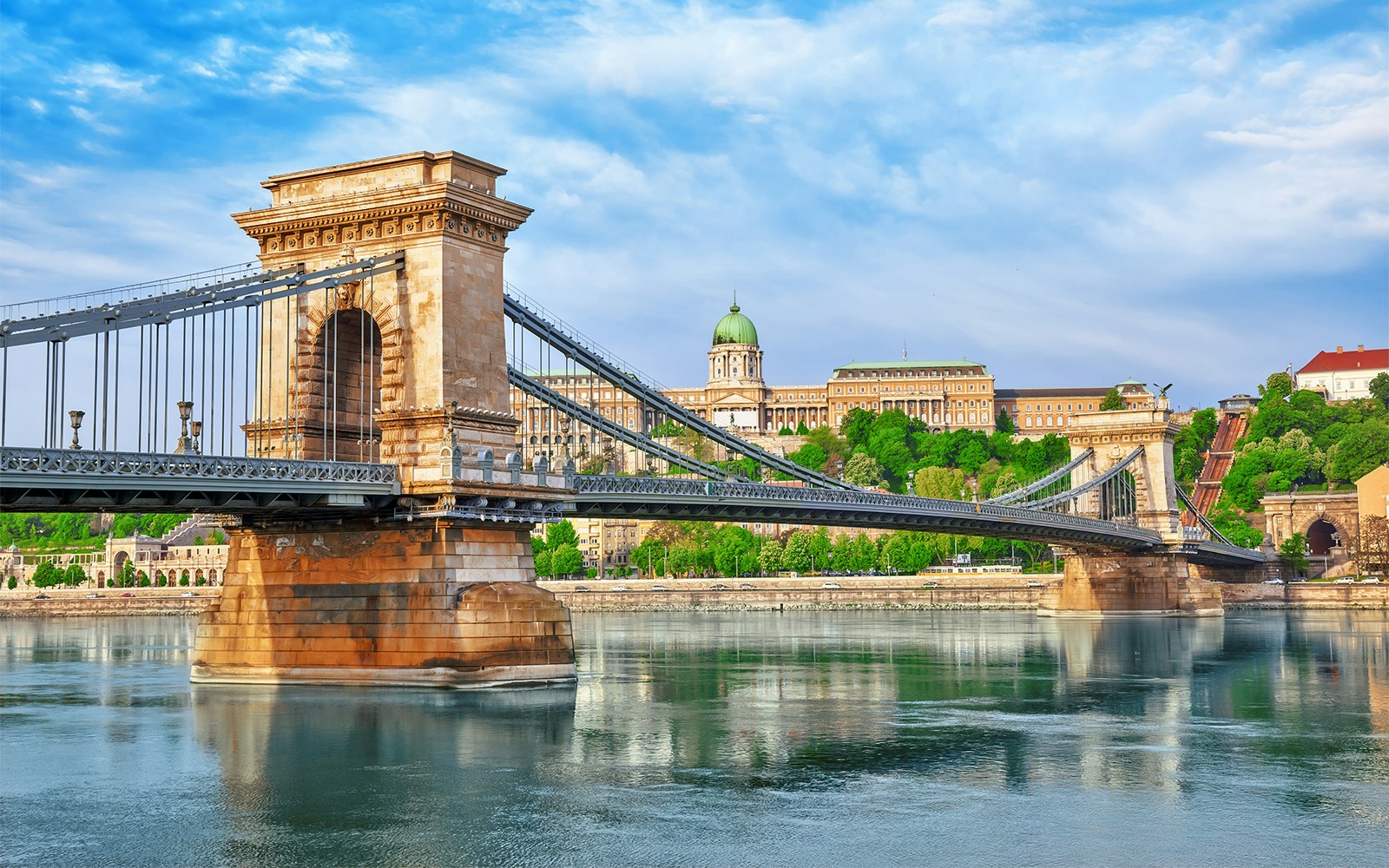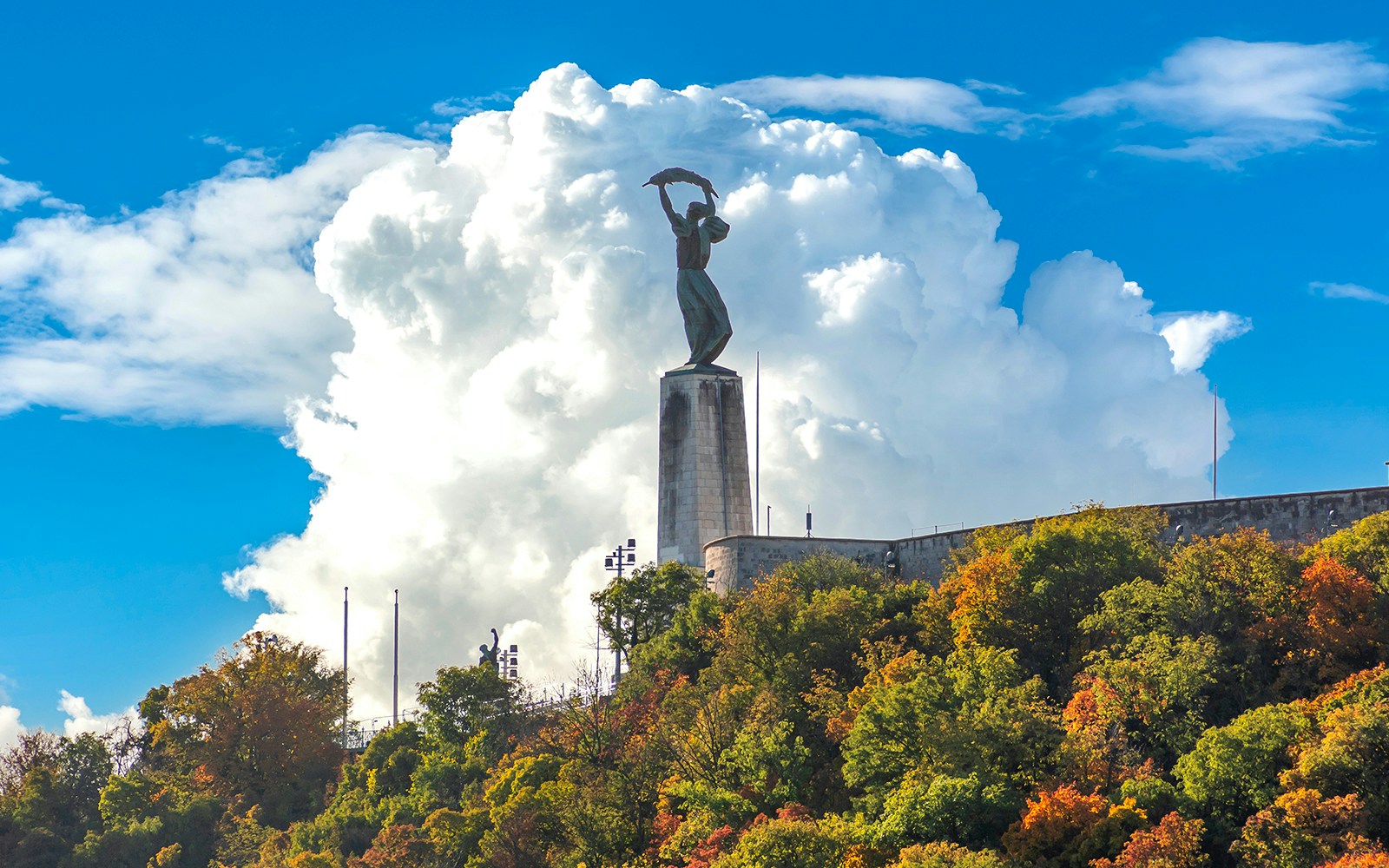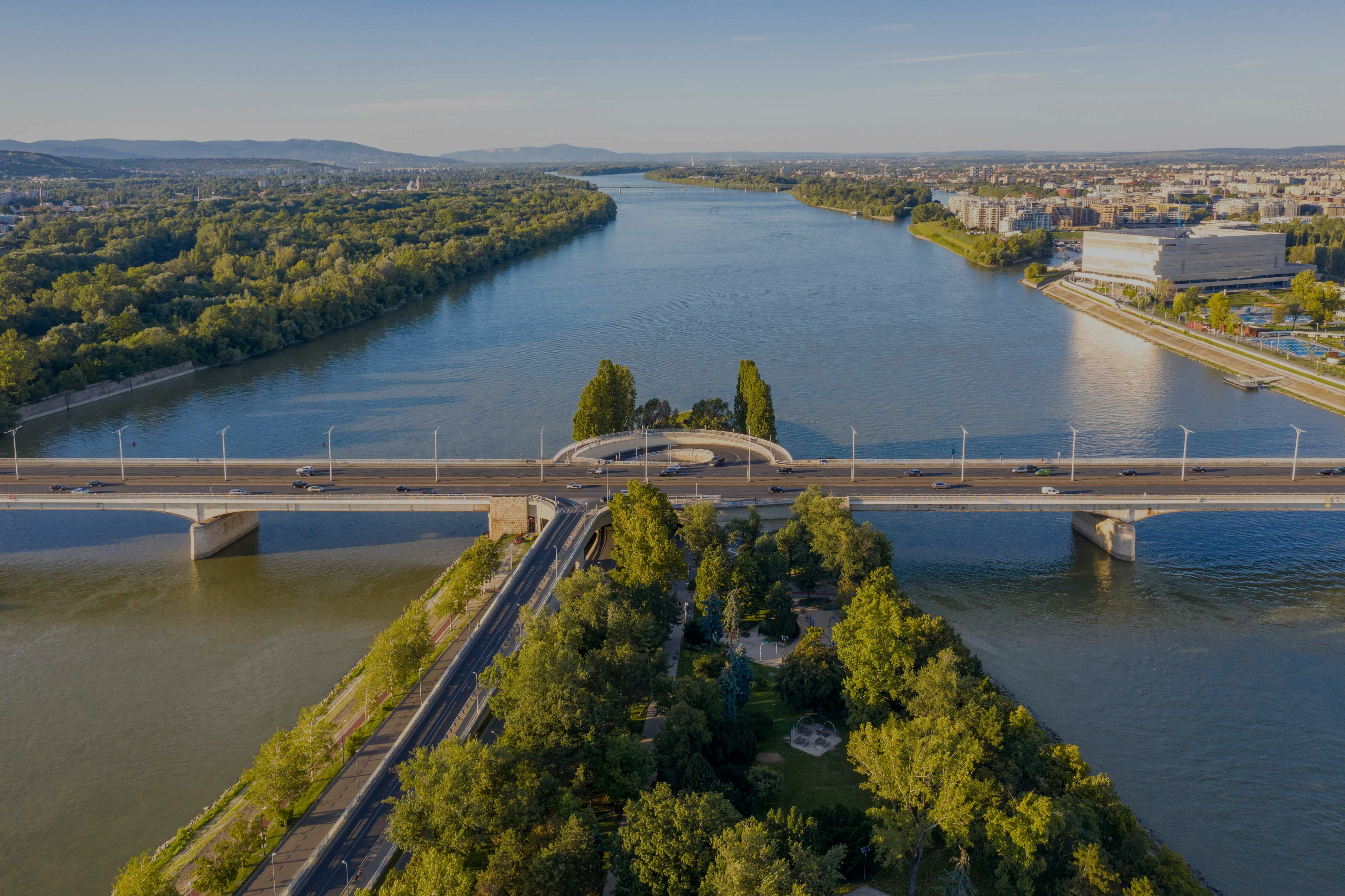How wide is the Danube River?
It ranges from 120 to 1,500 meters wide, depending on the location.
How deep is the Danube River?
The river depth varies between 4 to 10 meters, depending on the season and water levels.
Where does the Danube River start and end?
It starts in Germany’s Black Forest and ends at the Black Sea in Romania and Ukraine.
How long is the Danube River?
It’s about 2,850 kilometers (1,770 miles) long, making it Europe’s second-longest river.
